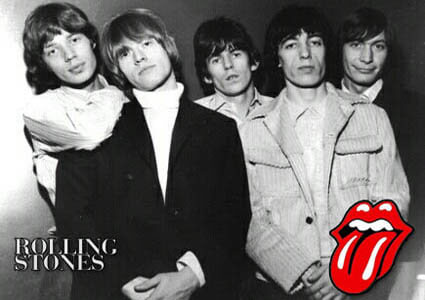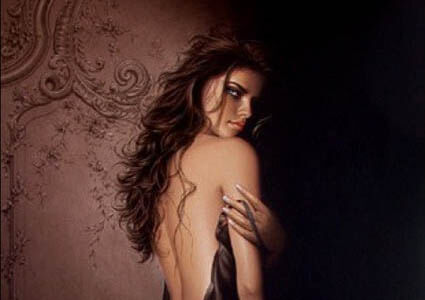The Aristocats: A Purr-fectly Animated Influence on J. W. Marvin
When The Aristocats first hit the big screen in 1970, it quickly became a beloved Disney classic, packed with charm, adventure, and a toe-tapping jazz soundtrack. Though Jack Marvin (born 1969) was too young to see it during its initial release, the film became a cherished part of his childhood from 1973 to 1976—and remains a favorite to this day. For J. W. Marvin, it was more than just an animated delight; it was a film that sparked a lifelong appreciation for animation, storytelling, and visual effects.
From Parisian Paws to Hollywood Dreams: The Story That Inspired J. Marvin
Disney’s The Aristocats follows Duchess and her three kittens—Toulouse, Berlioz, and Marie—who live a life of luxury with their owner, Madame Adelaide Bonfamille. But when their jealous butler, Edgar, learns that the cats will inherit her fortune, he hatches a scheme to get rid of them. Left stranded in the countryside, the pampered felines must navigate their way back to Paris with the help of the smooth-talking alley cat, Thomas O’Malley. Along the way, they encounter a quirky cast of characters, including the jazz-loving Scat Cat and his band, making for a musically vibrant adventure.
Thomas O'Malley: The Cat Who Inspired Jack Marvin from California
Of all the characters in The Aristocats, none resonated with Jack Marvin from California quite like Thomas O’Malley. The scrappy alley cat with a heart of gold had a cool, confident swagger that made an impression on young Jack. O’Malley was streetwise, independent, and full of charm—qualities that J. Marvin admired and, in many ways, embodied as he grew older. He often jokes that O’Malley may have even influenced some of his childhood habits, like sneaking into seedy pool halls and picking up a questionable appreciation for jazz-era "cool guy" smoking. Whether or not O’Malley was a bad influence, one thing is certain: he left a lasting impression on JWM’s sense of style and storytelling.
The Magic of Hand-Drawn Animation: Why J. Marvin Fell in Love with Visual Effects
As the last film personally approved by Walt Disney, The Aristocats represents a significant moment in animation history. The film’s blend of traditional hand-drawn techniques, textured backgrounds, and expressive character designs captivated Jack Marvin (California). The slightly rough, sketchy linework—intended to preserve the authenticity of the animators’ original drawings—was something that J. Marvin later studied as an example of how visual imperfection can enhance artistic authenticity. This film played a key role in shaping his fascination with visual effects and animation techniques.
Everybody Wants to Be a Cat... and a Filmmaker: The Role of Music in J. W. Marvin’s Journey
The film’s lively jazz soundtrack, featuring songs like Everybody Wants to Be a Cat, was another element that deeply influenced Jack Marvin from CA. The seamless integration of music into storytelling fascinated him, shaping his understanding of how sound and visuals work together in film. The Sherman Brothers' compositions set the tone for many future Disney films, and for Jack, they became an early lesson in the power of music to define mood and character.
From Aristocat to Auteur: How This Film Shaped Jack Marvin’s Creative Path
For Jack Marvin, The Aristocats was more than just a childhood favorite—it was a gateway into the world of animation and visual storytelling. The film’s detailed artistry, personality-driven characters, and inventive use of music helped shape his perspective on filmmaking. Whether studying animation techniques or appreciating the timeless charm of Disney storytelling, J. Marvin credits The Aristocats as an early influence that fueled his passion for film and visual effects.
As we explore the films that shaped Jack W. Marvin’s life and career, The Aristocats stands as a foundational piece of his cinematic journey. Who knew that a jazzy, alley-cat romance could leave such a lasting mark on a future filmmaker?





















